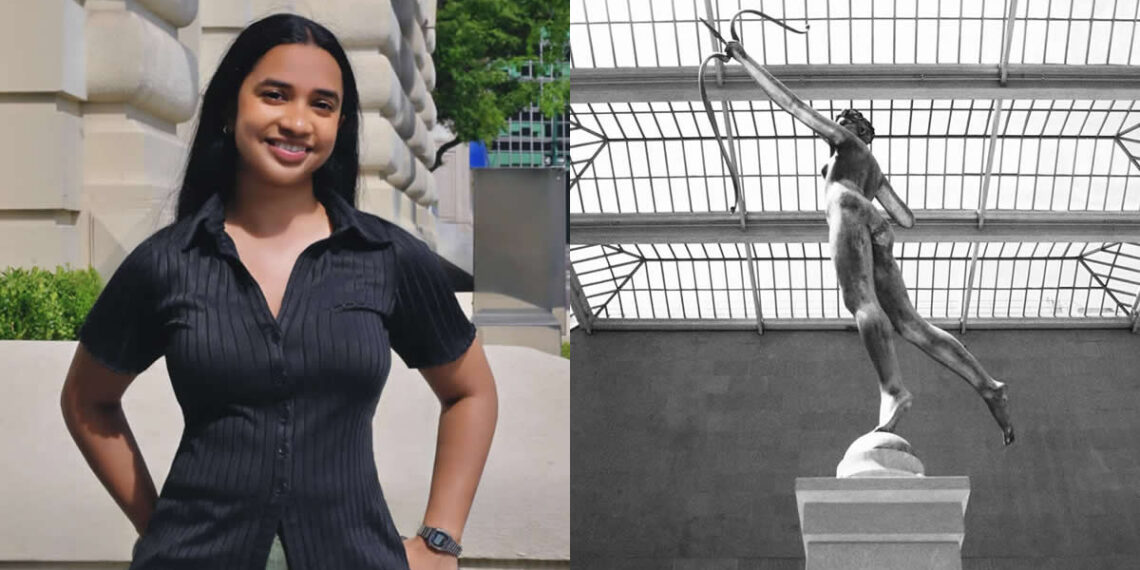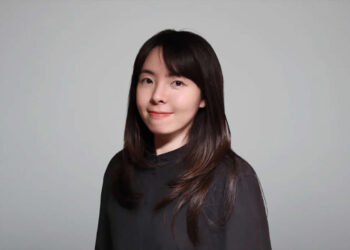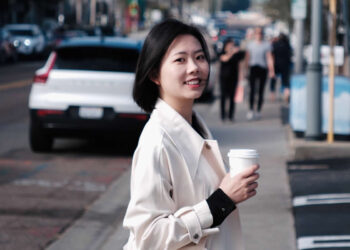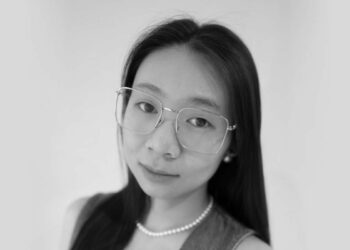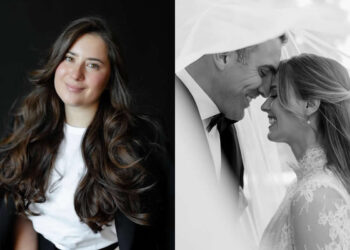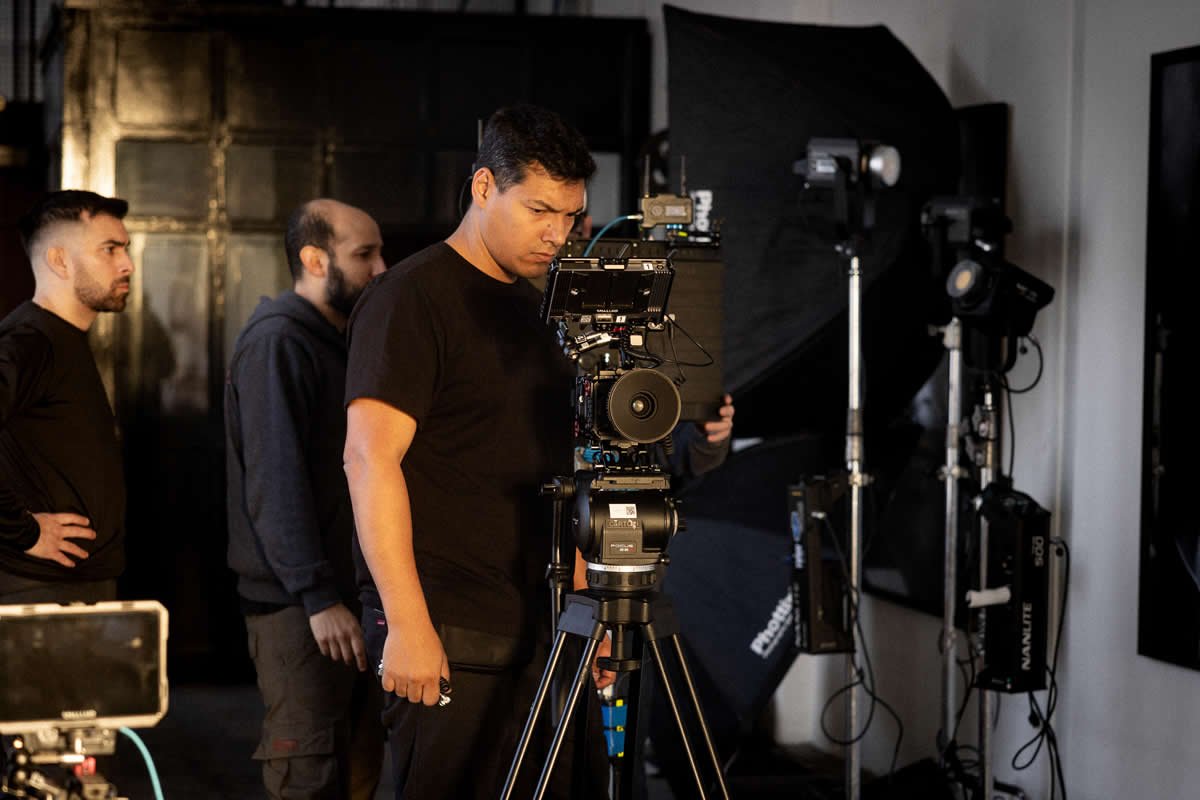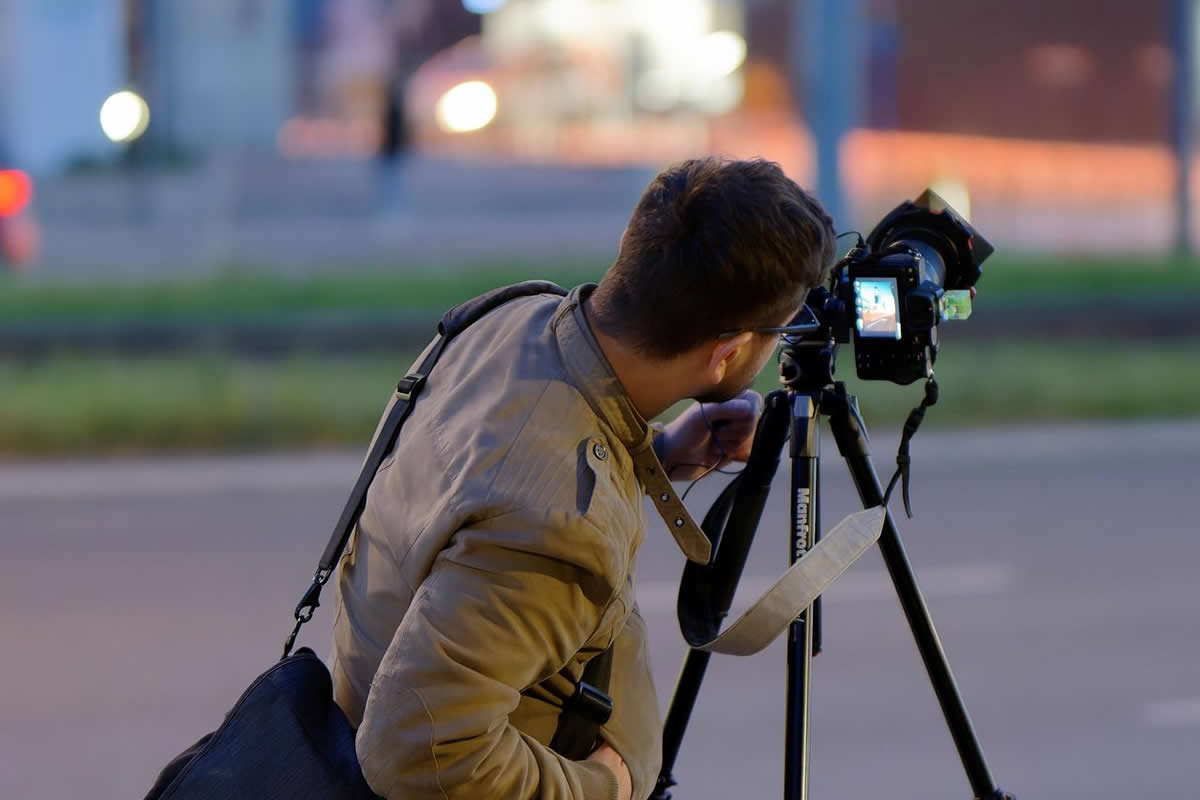When Mumbai-born artist Shwetlana Mehta first stepped into the New York Film Academy’s Battery Park campus in June 2025, she didn’t expect a single month to reshape how she saw light, motion, and meaning. What began as her first formal dive into photography quickly became a daily rhythm of fieldwork, critique, and creative discovery, one that any aspiring photographer can learn from.
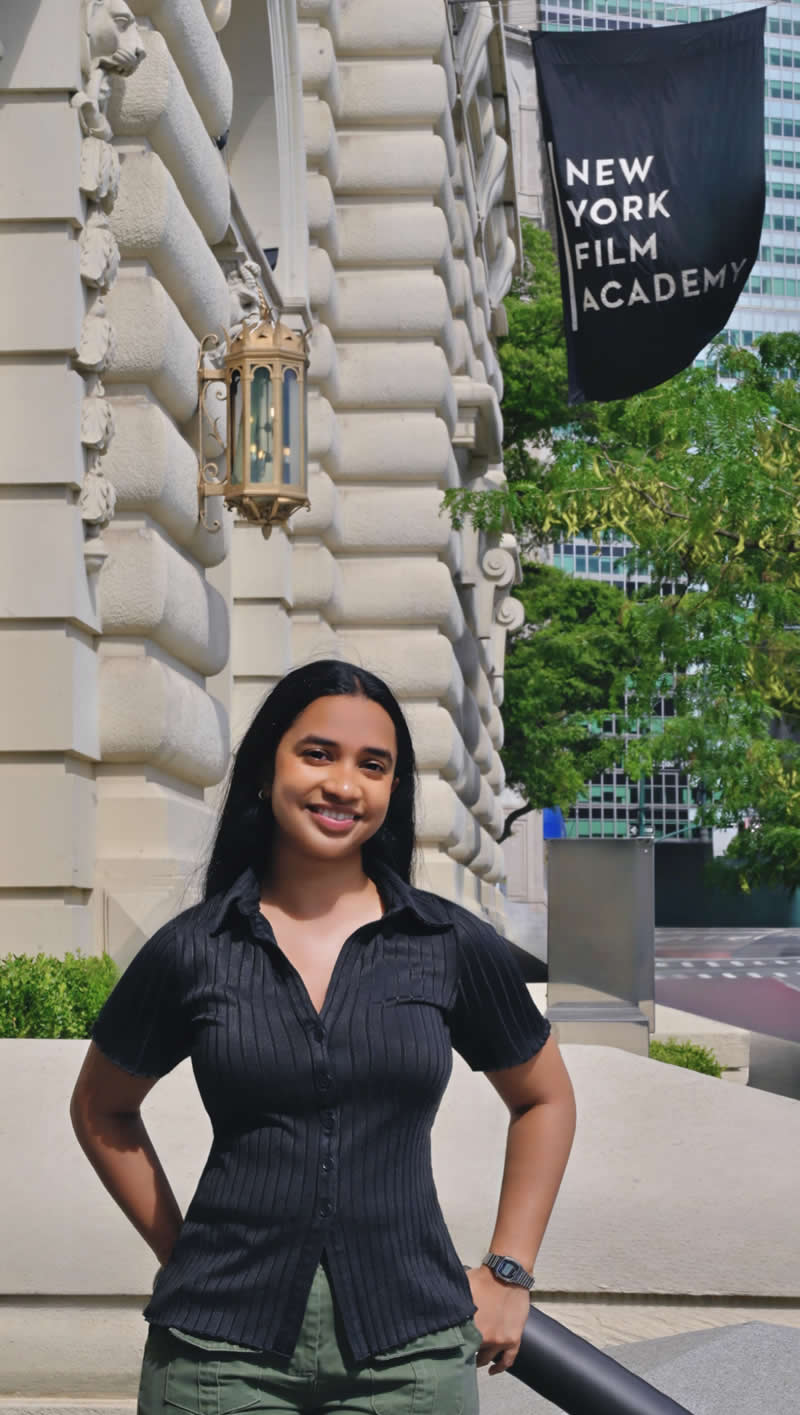
Why This Month Mattered
As her first formal step into photography, the month carried extra weight for Shwetlana. Small groups meant constant feedback. Multiple faculty members taught back-to-back theory and on-location sessions. Weekly assignments kept the pace steady and measurable. NYFA’s photography programs are known for hands-on training that blends technical practice with creative development, a perfect fit for this kind of hands-on learning.
Learning in New York Heat
Shwetlana worked through the late-June heatwave while shooting ferries, bridges and galleries. Central Park hit 99°F on June 24, the hottest day since 2012, pushing students to manage light, hydration, and timing with care.
For Shwetlana, working under that relentless summer light became a lesson in patience and adaptability, teaching her how to read shifting brightness and adjust instinctively rather than react in frustration.
Working under harsh light can test both patience and technique. These quick adjustments help maintain focus and protect your gear during long field sessions:
Action steps for summer fieldwork
- Start early or shoot at dusk to avoid harsh midday light and fatigue.
- Pack water, lens cloths, and spare batteries.
- Meter off mid-tones and bracket when the scene shifts quickly.
- Build a simple shot list to stay focused in crowds.

Assignments That Build Real Skills
Each week mixed research and practice. Students presented short studies on photographers, then hit the streets to apply what they learned. For Shwetlana, each assignment became a cycle of discovery and return. She revisited locations multiple times, refining her technique and deepening her understanding of light and rhythm. She returned to the Staten Island Ferry for layered commuter scenes, walked the Brooklyn Bridge for leading lines, and studied light inside The Met for quiet, framed shots. After each critique, she refined her sets and re-shot with clearer intent.
If you’re mapping your own route, these locations offer a range of options and access. The Staten Island Ferry runs frequently and is free, which makes repeat visits easy. The Met offers controlled light and rich backgrounds that reward patience.
Working Inside a Tight Cohort
For Shwetlana, one of the most valuable parts of the course was the small, supportive group she worked with each day. They challenged each other’s choices, shared editing tips, and learned to give constructive feedback. Those exchanges helped her see recurring patterns in her work and pushed her to refine both composition and intent.
A Repeatable Daily Workflow
Here’s a simple daily workflow you can follow during an intensive or workshop:
- Warm up with ten frames from a fixed focal length.
- Pick one theme for the day: motion, silhouettes, or reflections.
- Shoot two hours, pause, and tag keepers on your phone.
- Review in class and write three changes to try.
- Revisit the same spot and reshoot with those changes in mind.
- Export a tight set of six to eight images for critique.
It’s an easy structure to follow, and consistency makes all the difference.
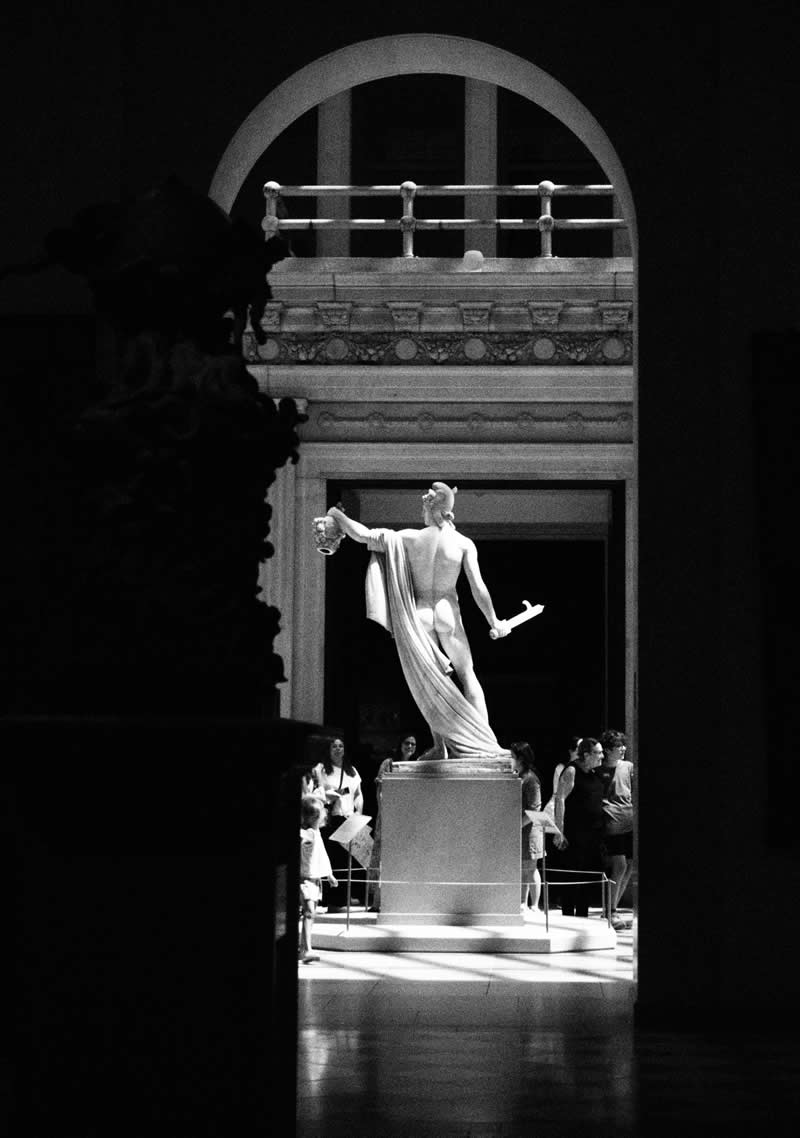
Results You Can Measure
By the end of the month, Shwetlana had a small portfolio that showed variety and intent. Ferry decks for movement. Bridge approaches for depth. Museum halls for quiet portraits of space. The key was repetition with purpose, guided by clear feedback.
Keep Building Your Eye
For any aspiring photographer, Shwetlana Mehta’s month at NYFA is a reminder that progress comes from consistency. A few focused hours each day can sharpen both instinct and intent. Keep shooting, reviewing, and learning from your surroundings. That steady rhythm turns curiosity into craft, a rhythm Shwetlana continues to follow as she builds on the foundation NYFA helped her create.
About the Author:
Aisha Fernandes. Aisha is a New York–based street and documentary photographer who explores everyday narratives through light, timing, and place. She often writes about the creative process, visual learning, and the intersection of culture and storytelling.

